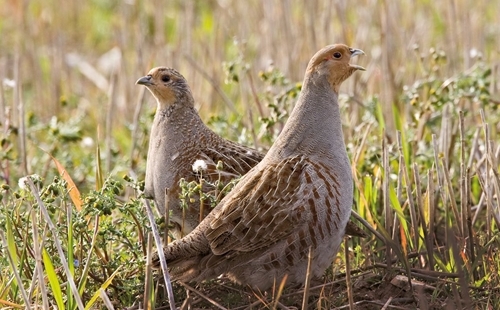
As well as being the GWCT’s logo bird, grey partridges have probably been the focus of more of our research than any other species. Therefore, we really do know how to restore or reintroduce this wonderful native gamebird. That said, research is ongoing – there is always more to learn and new problems arise all the time. Grey partridges are in many ways a barometer of the health of our countryside, and landscape-scale conservation measures are needed to keep populations healthy. www.gwct.org.uk/greypartridge
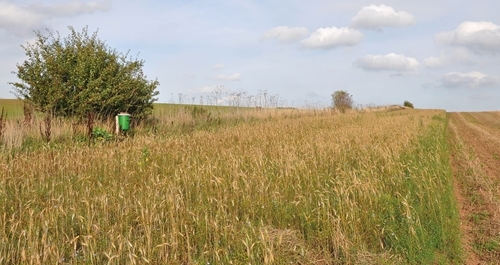
- Conserve vital insects to feed the chicks. They need soft and squidgy insect larvae living close to the ground. Unharvested cereal strips are an easy way to provide great brood-rearing right beside nesting hedges.

- Do not mow rough grass areas between March and the end of July to avoid exposing nests. Excessive tidiness on the farm removes valuable wildlife habitat.
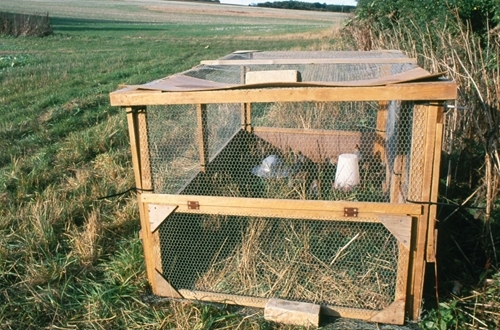
- Please do not release greys in the mistaken belief that you are helping support the wild ones. Silly hand-reared poults will dilute the vigour of your population.
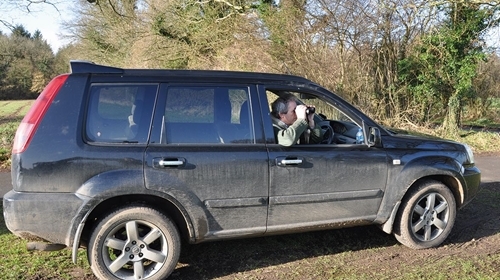
- Please count your partridges, record the results, and whether they are good or bad, send them to the GWCT's Partridge Count Scheme. You can only tell if your efforts are working with accurate statistics. www.gwct.org.uk/pcs
Did you know?
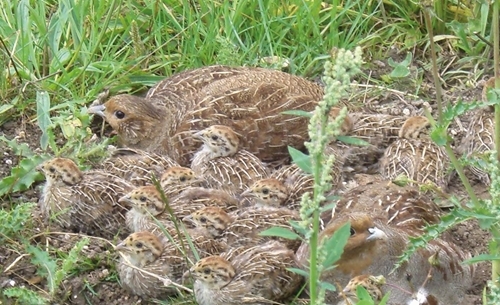
Did you know that grey partridges lay a bigger clutch of eggs than any other native bird? They have huge potential to bounce back, if only we set their world to rights. For advice on how to encourage wild grey partridges, please contact our advisory team on 01425 6514013 or email advisory@gwct.org.uk to arrange a visit.